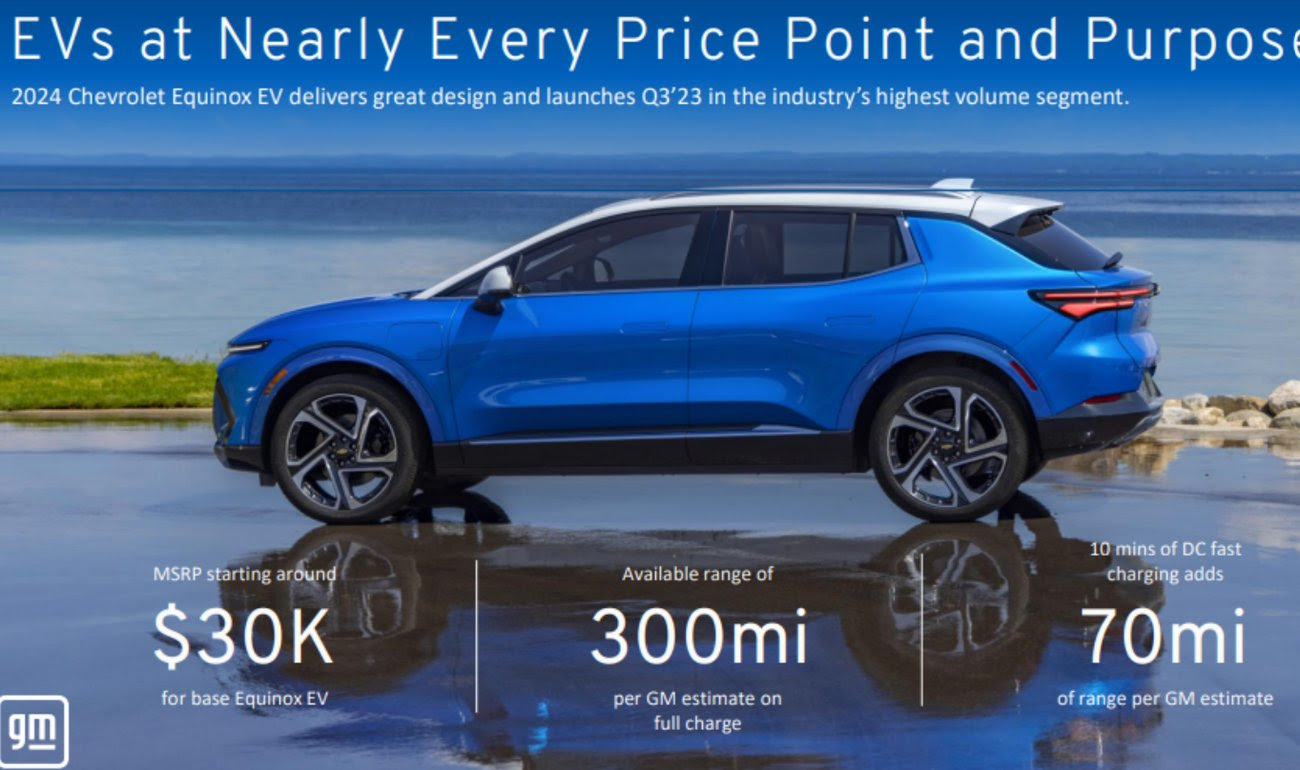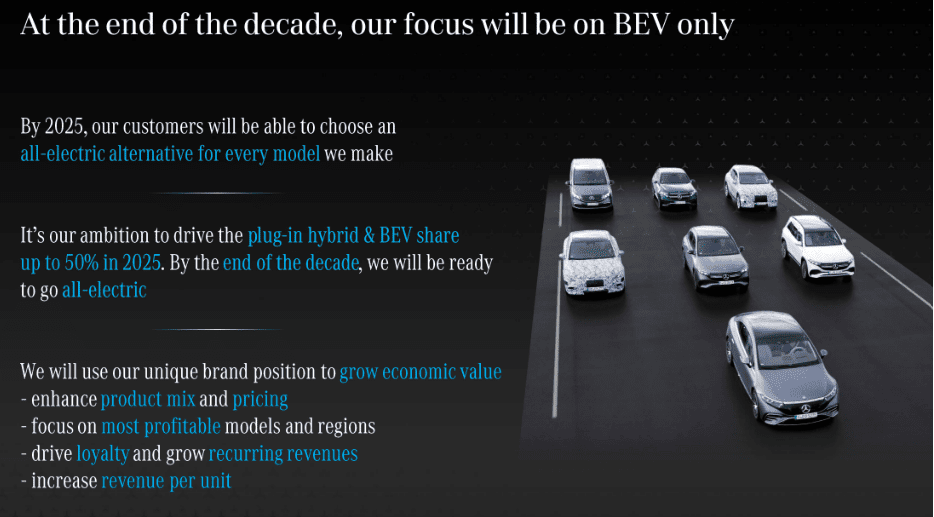- General Motor reported good 3Q22 results but lowered its 2023/2024 production plan due to battery supply. Near term, the situation is improving for semiconductor supply and other supply chain problems, while previously unfinished vehicles are getting shipped. GM finished and shipped nearly 75% of the unfinished vehicles it held in the company inventory in June, and well ahead of the plan. As to any sign of faltering consumer demand, GM CFO Paul Jacobson said, “We're seeing no signs of concern in the short run.”
- As it relates to GDP growth and inflation, the higher level of shipped vehicles by the industry GM and Ford will finally provide some much-needed increase in dealer inventory levels, which should lead to an increase in sales incentives and list-price offsets in early 2023 that will press down on both new and used vehicle prices. That in turn will press downward on the rate of inflation (new and used vehicles compose 8% of core CPI).
- As to battery supply, GM CEO Mary Barra called out that the company is “building battery cells in Ohio through Ultium Cells LLC, with a second U.S. plant opening next year, a third in 2024 and a fourth planned.” These are big projects--the Ohio plant is the size of 30 football fields and it will employ over 1,000 people. As such, there has been unplanned supply/construction delays.
- On re-shoring, Barra noted that, “a secure and integrated supply chain will be another competitive advantage for us as we scale. As I shared last quarter, we moved early and aggressively to secure commitments for all the battery raw materials we need to reach more than 1 million units of annual EV capacity in North America in 2025. For growth beyond 2025, we continue to secure our future with strategic supply agreements and direct investments in natural resource recovery, processing and recycling.”
- After a slower start in the EV market, GM’s new product pipeline is beginning to open and complement the Bolt. GM's 3Q22 presentation highlighted next year’s Equinox EV, which has a compelling price-to-range target (for comparison the Tesla Model 3’s opening price point is $47K for an EPA-measured range of 360 miles). In addition to the Equinox, the Cadillac LYRIQ is in production, and the EV version of the Hummer, Silverado, and Blazer are all scheduled to hit dealerships in the Spring/Summer of 2023.

- Mercedes-Benz reported strong 3Q22 results (despite the headwinds in Europe and China) and reiterated that they expect a strong 2023 with CFO Harald Wilhelm saying “[We] see robust demand across all the segments. We were able to increase sales while remaining constraints in the supply chain on the semi continued…We set the pace for an increase of the full-year guidance.”
- Mercedes is the midst of a triple transformation, spinning off its trucks business, moving to 100% electric (see the slide below), and upgrading their luxury credentials (further premiumization of the brand). The latter two initiatives have significance for commercial real estate where Mercedes-Benz vehicles are sold. For context, Mercedes sells more “top-end” luxury cars than any of its peers--just ahead of Porsche, which we covered in the last week's Anchor report--and it supplies about a third of the global top-end market (~200K units). As part of that elevation, Mercedes is focused on +$90K price-point models, reducing/moving dealership discounts, and transitioning to a build-to-order and partially direct distribution model. In the U.S., it’s the clear leader at this price range, selling 50% more units than Porsche (60K versus 40K units).

- On distribution, Wilham shared, “Well, we have a very important changeover in the sales and distribution network as we are moving more and more countries into the direct sales model. We now did Australia, South Africa, Sweden, and Austria. Next year will be a very, very important year as we will have a switchover of Germany."





